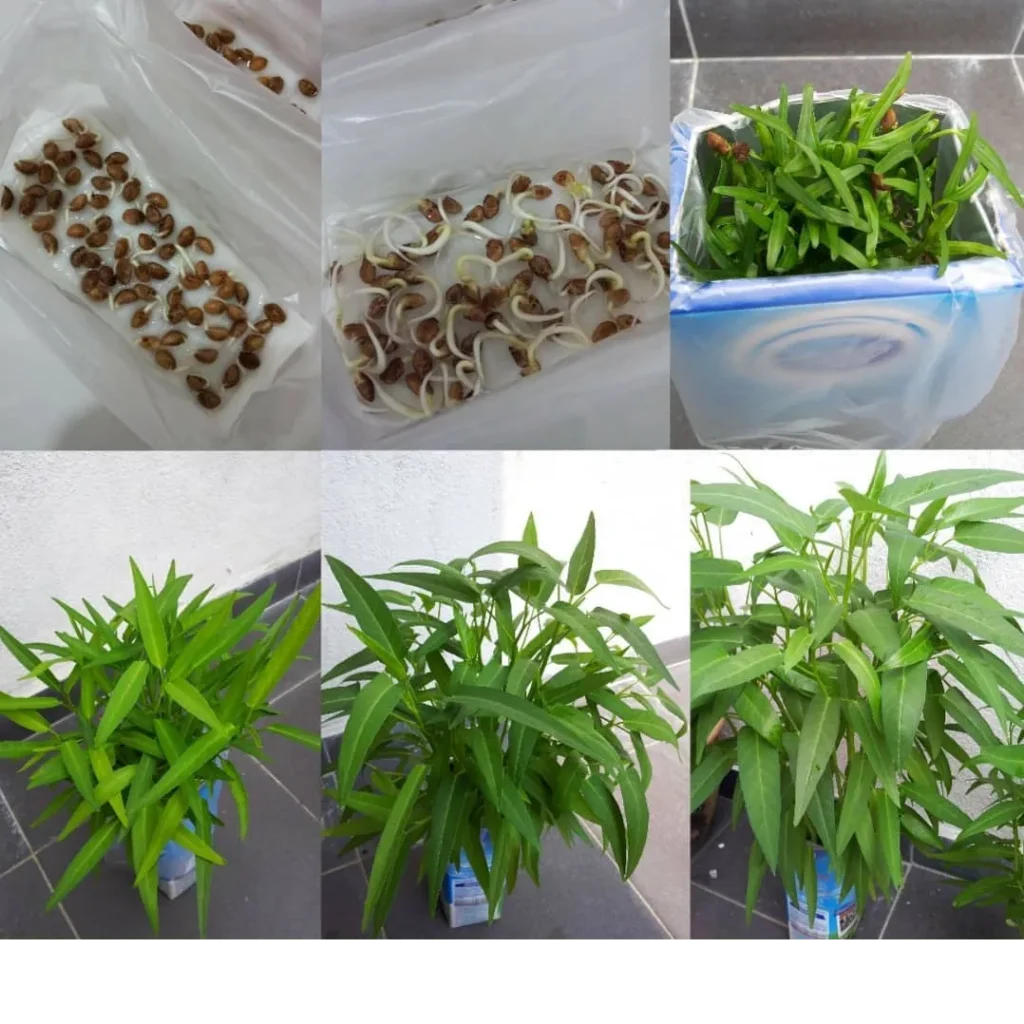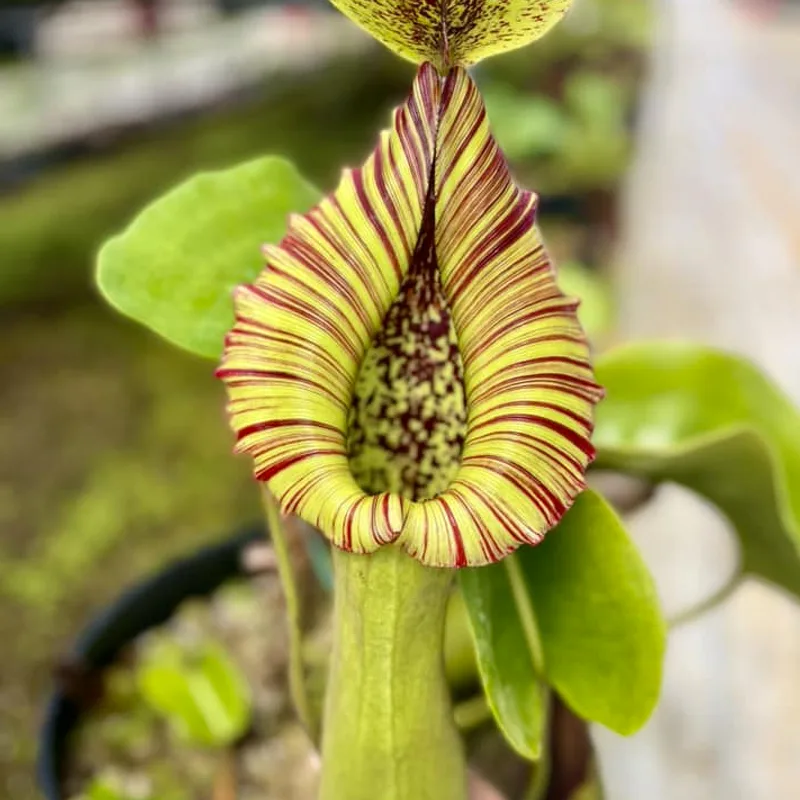Unveiling the Enchanting Nepenthes Inermis: A Q&A with Ferb Vu
Greetings, fellow plant enthusiasts! Today, we delve into the captivating world of the Nepenthes Inermis, a unique carnivorous wonder native to the mountainous regions of Sumatra, Indonesia.
Having nurtured these beauties for years, I’m excited to share my experience and answer some of your burning questions. So, grab a cup of tea, settle in, and prepare to be enthralled by the enigmatic Nepenthes Inermis.
Plant Family: Nepenthaceae – 207 Species in Genus Nepenthes
What Makes the Nepenthes Inermis Special?
The Nepenthes Inermis stands out for its mesmerizing pitchers. Unlike many Nepenthes, it boasts two distinct pitcher types. Lower pitchers hug the ground, resembling elongated green cups. But the true stars of the show are the upper pitchers. These beauties are slender, funnel-shaped, and lack a prominent rim, earning the plant its name “inermis,” which translates to “unarmed” in Latin.
How Does the Nepenthes Inermis Capture Prey?
The Nepenthes Inermis, like other carnivorous plants, relies on a cunning strategy to lure and capture prey. The bright green color of the upper pitchers, along with their smooth, waxy surface, creates a slippery illusion. Curious insects, drawn in by the vibrant hue, land on the rim, only to lose their footing and tumble into the pitcher’s depths.
Inside the pitcher, a pool of digestive fluid awaits, slowly dissolving the unfortunate insect and providing the plant with vital nutrients. This adaptation allows the Nepenthes Inermis to thrive in nutrient-poor environments like mountaintops.
Is the Nepenthes Inermis Difficult to Grow?
The Nepenthes Inermis is considered an “ultra-highland” Nepenthes, meaning it thrives in cool, high-humidity conditions. It requires a well-ventilated environment with temperatures ranging from 55°F (13°C) to 80°F (27°C) during the day and dropping to 45°F (7°C) at night. Humidity is crucial, ideally maintained at a constant 80% or higher.
While these requirements might seem daunting, with the right setup and dedicated care, the Nepenthes Inermis can become a rewarding addition to your collection.
Nepenthes Inermis vs. Nepenthes Lowii
Nepenthes Lowii, another captivating highland Nepenthes, is often compared to the Nepenthes Inermis. Both share similar needs for cool temperatures and high humidity. However, some key differences exist.
The Nepenthes Lowii boasts a wider variety of pitcher shapes and colors, with its iconic “hairy” pitchers being a particular highlight. It also generally tolerates slightly warmer temperatures compared to the Nepenthes Inermis.
Ultimately, the choice between these two beauties depends on your personal preference and the capabilities of your growing environment.
Essential Tips for Growing a Thriving Nepenthes Inermis
Here are some key pointers to ensure your Nepenthes Inermis flourishes:
- Light: Provide bright, indirect light. Avoid harsh midday sun.
- Watering: Use distilled water or rainwater to avoid mineral build-up. Water frequently to keep the potting medium consistently moist but not soggy.
- Potting Medium: Opt for a well-draining, airy mix like chopped sphagnum moss and perlite.
- Humidity: Invest in a humidifier to maintain high humidity levels.
- Feeding: While not essential, you can occasionally offer your Nepenthes Inermis a small, live insect as a treat.
Where Can I Find a Nepenthes Inermis?
Reputable carnivorous plant nurseries and online vendors often offer Nepenthes Inermis. Be sure to choose a healthy plant with well-developed pitchers.
The Final Bloom: The Allure of the Nepenthes Inermis
The Nepenthes Inermis is a captivating carnivorous plant that combines striking beauty with a fascinating predatory lifestyle. With dedication and the right care, you can cultivate this remarkable wonder in your own home. So, if you’re looking for a unique and challenging addition to your collection, the Nepenthes Inermis awaits!
If i die, water my plants!


